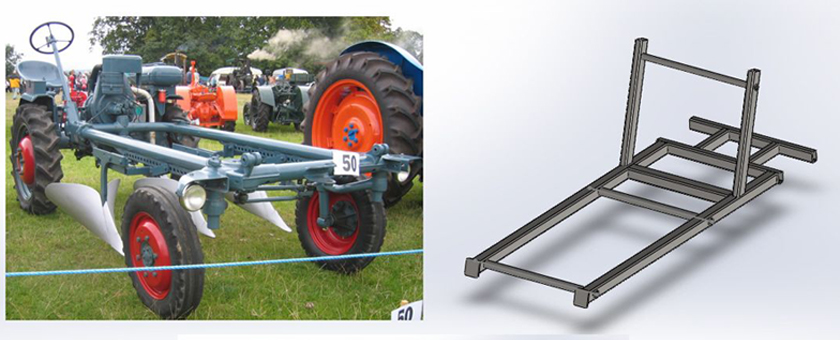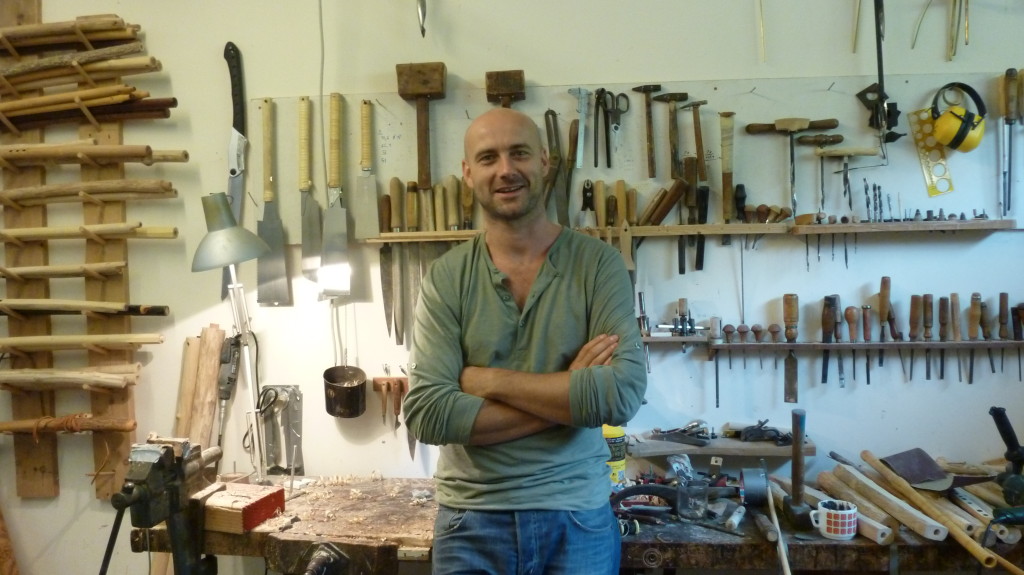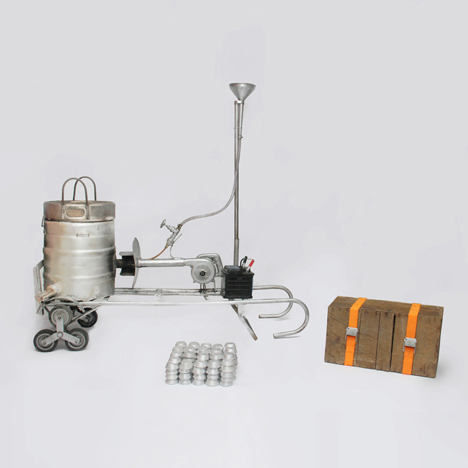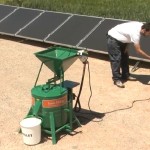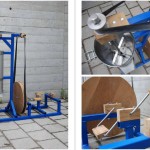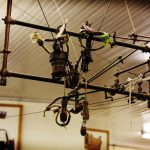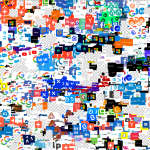As a result of the industrial revolution and the subsequent development of “big agriculture,” small-scale farming tools have become almost obsolete. In order to fulfill the demand created by a burgeoning community of small-scale farmers, Stone Barns Center has partnered with Barry Griffin, a design engineer, to develop farming equipment and tools. Called the Slow Tools Project, this partnership brings together leading engineers and farmers to design and build appropriately scaled tools that are lightweight, affordable and open-source. [Read more…]
Cutting Back on Glass
“How do we go about designing buildings today for tomorrow’s weather? As the world warms and extreme weather becomes more common, sustainable architecture is likely to mean one major casualty: glass. For decades glass has been everywhere, even in so-called “modern” or “sustainable” architecture such as London’s Gherkin. However in energy terms glass is extremely inefficient – it does little but leak heat on cold winter nights and turn buildings into greenhouses on summer days.”
“For example, the U-value (a measure of how much heat is lost through a given thickness) of triple glazing is around 1.0. However a simple cavity brick wall with a little bit of insulation in it is 0.35 – that is, three times lower – whereas well-insulated wall will have a U-value of just 0.1. So each metre square of glass, even if it is triple glazed, loses ten times as much heat as a wall. Cutting back on glass would be an easy win. Windows need to be sized, not glorified, and sized for a purpose: the view, or to provide natural light or air. Windows also need to be shaded. Many would argue that we need to re-invent the window, or the building. We need to build buildings with windows, rather than buildings that are one big window.”
Read more: Climate change means we can’t keep living (and working) in glass houses. Via Lloyd Alter.
21st Century Craftsmen: Winne Clement, Flutemaker
The fujara is a long 3-holed fipple flute played in standing position with the flute held close to the body. It’s played using the natural harmonics system, which means the different tones are played by controlling the strength of inblown air. Using only three holes, the diatonic major scale can be reached playing two and a half octaves. Due to the natural harmonics the tuning will always be a compromise, but Belgian flutemaker and musician Winne Clement puts a great deal of effort in tuning and balancing the tones, in such a way that playing together with Western tuned instruments is possible.
All his flutes are made of harvested branches of local inland wood such as ash, elder, maple, hazle, etc. The wood is carefully chosen and cut in winter time – with respect for the environment, not damaging the donating trees – and put to dry for a long period of time. When making the flute the wood is never split in half to hollow it out, but hand-drilled with special old forged drills, leaving the main structure of the wood intact, benefiting the sound, and following the natural curves of the wood. No Tech Magazine visits Winne Clement in his studio in Ghent, where he explains us his tools and methods. [Read more…]
Mobile Foundries for Aluminum Can Recycling
“In São Paulo, the vast majority of recycling is done by individuals called catadores. They collect discarded drink cans in their carts to recycle for money to help support themselves. London-based Studio Swine took to the streets to create a project that would help catadores get much more money for their work.
The duo behind Studio Swine made an improvised mobile foundry to smelt the aluminum from the cans. They then pressed locally-found objects into sand found at a nearby construction site to make molds. After pouring the liquid aluminum into the molds, the team had created interestingly-shaped stool seats. Each stool requires around 60 cans to produce. This may sound like a lot, but a catadore can collect thousands of cans in one workday.”
See & read more: Mobile foundry gives recyclers a creative income stream.
Canoe and Kayak Sailing
“In walking you are bounded by every sea and river, and in a common sailing-boat you are bounded by every shallow and shore; whereas, a canoe can be paddled or sailed, or hauled, or carried over land or
water”.
Quoted from “Thousand miles in the Rob Roy Canoe on rivers and lakes of Europe“, MacGregor, 1866.
The use of sailing canoes dates back to ancient Polynesia, when they were used to explore the Pacific Ocean. The technology was popularized in the western world in the 1860s, when Scottisch John MacGregor built sailing canoes and travelled all over Europe.
There’s quite some amateurs building sailing canoes these days: 1 / 2 / 3 / 4. Picture: Outrigger Sailing Canoes.
Water Johads: A Low-Tech Alternative to Mega-Dams in India
When the British colonized India, they imposed their own system of water management, which included the building of large-scale dams, sewers, and irrigation channels. This high-tech approach continues today, as the World Bank is urging India to build enormous dam projects to fight drought and depleted aquifers. The Indian government has followed its advice. Its first Prime Minister, Jawaharlal Nehru, called dams the “Temples of modern India”. Since then, India has built over 5,000 dams and large reservoirs. [1]
However, before the British arrived, people on the subcontinent used traditional low-cost, low-tech engineering to collect rainwater for thousands of years. This involved the placement of thousands of small structures throughout rural areas which, in one way or another, catch excess rainwater from the monsoon months and allow it to slowly percolate into the groundwater during the dry season. To maintain and manage these structures, community-based management schemes were necessary. However, these were actively discouraged during British rule and following independence. As a result, in the 20th century many of these small reservoirs fell into disrepair.
